Origins
My country and NATO


Belgium and its NATO Allies in 1949

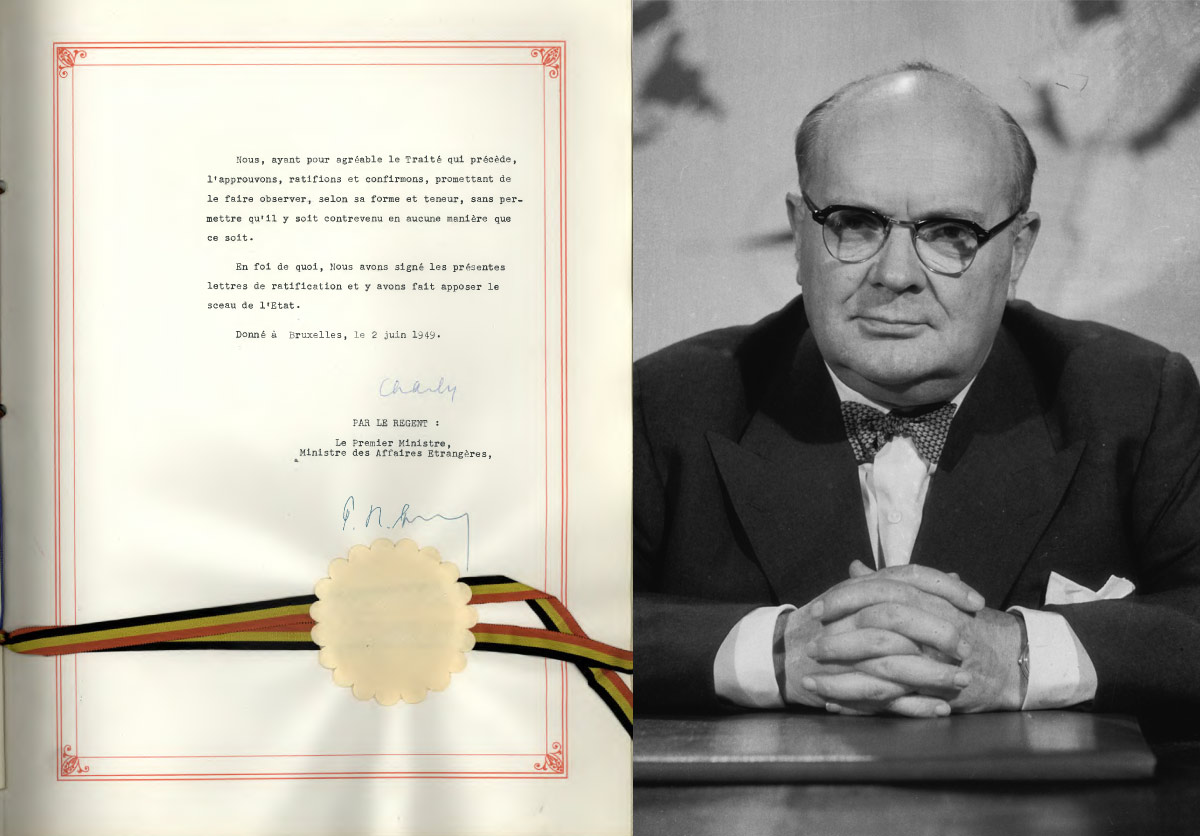
On 2 June 1949, Paul-Henri Spaak, the Prime and Foreign Minister of Belgium, signed his country’s Instrument of Accession to the North Atlantic Treaty.

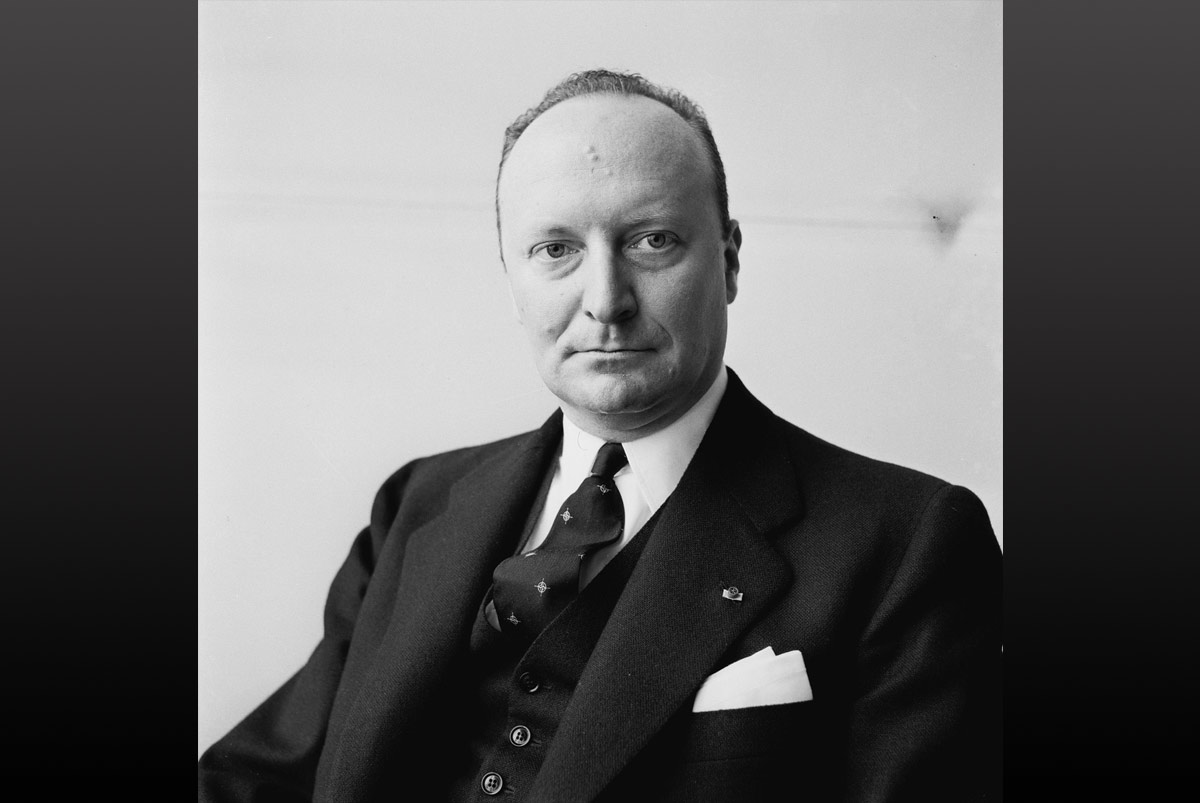
Portrait of André de Staercke, the Permanent Representative of the Kingdom of Belgium to NATO taken in 1954. De Staercke took such pride in his position that he wore a NATO tie for the occasion.
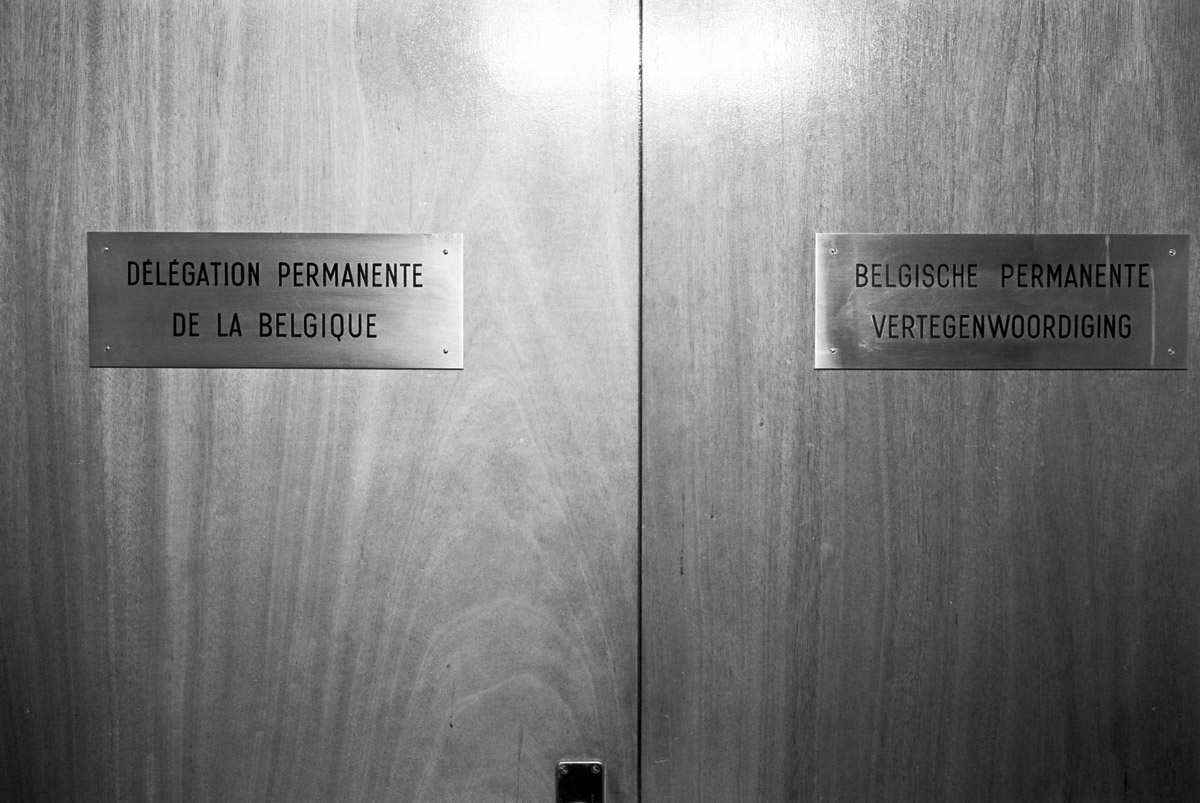
The entrance to Permanent Delegation of Belgium to NATO at NATO HQ, Porte Dauphine, which housed de Staercke and his staff.
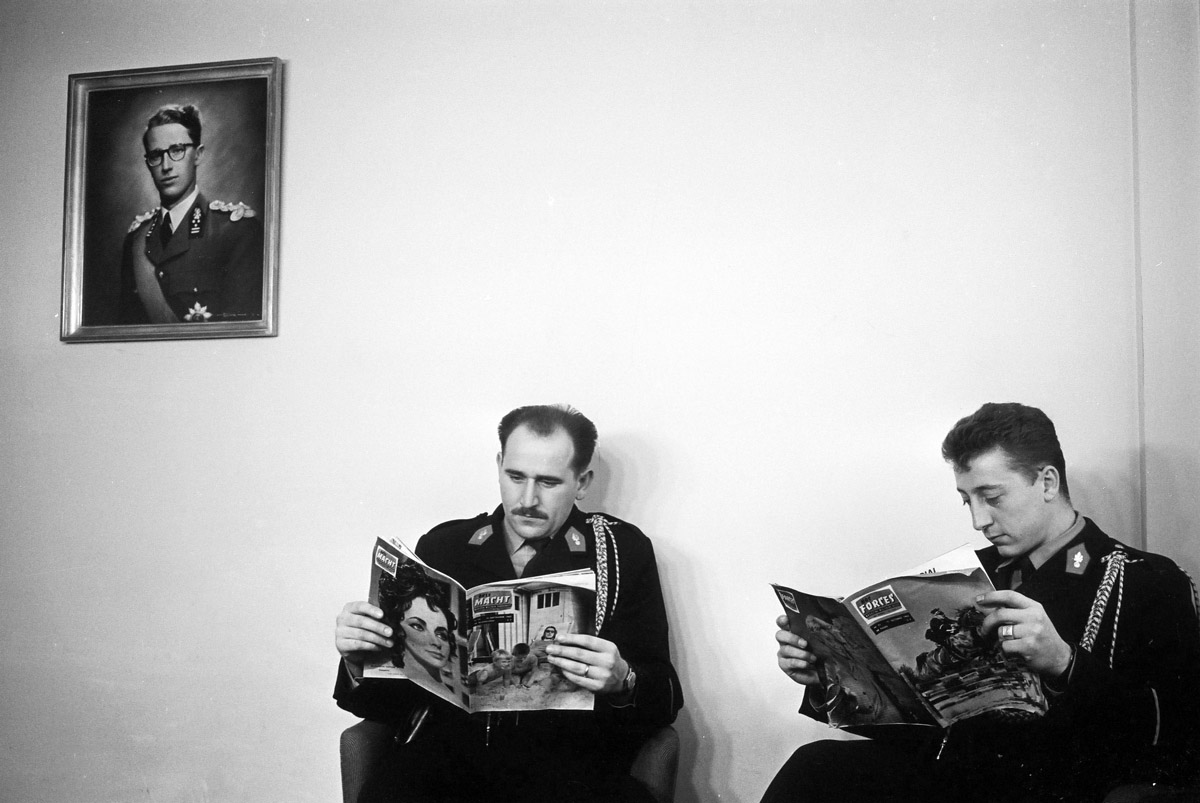
Belgian military staff reading magazines written in French and Flemish in the waiting room of the Belgian Delegation to NATO. A portrait of Baudouin, King of Belgium, oversees their activities.
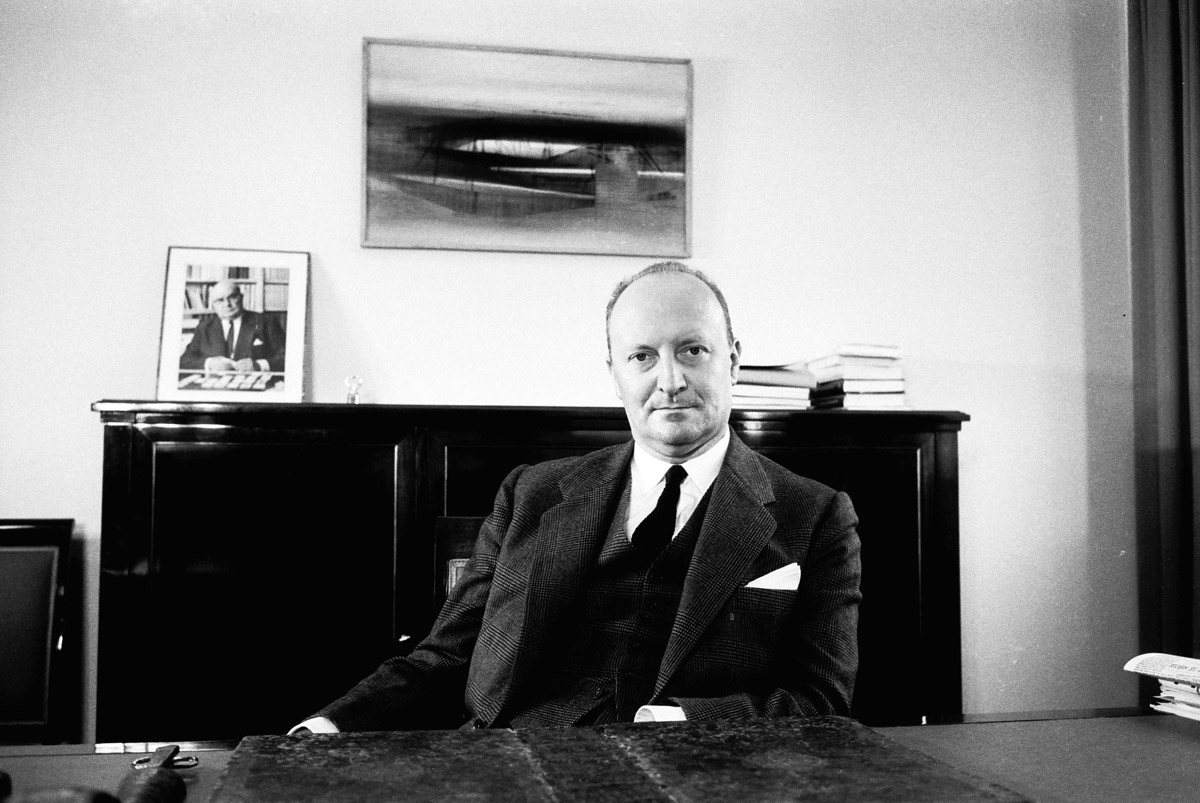
André de Staercke in his office at the Belgian Delegation at NATO HQ, Porte Dauphine, taken in December 1962. On the drawer in the background is a portrait of Paul-Henri Spaak, who had resigned as NATO Secretary General a year earlier.
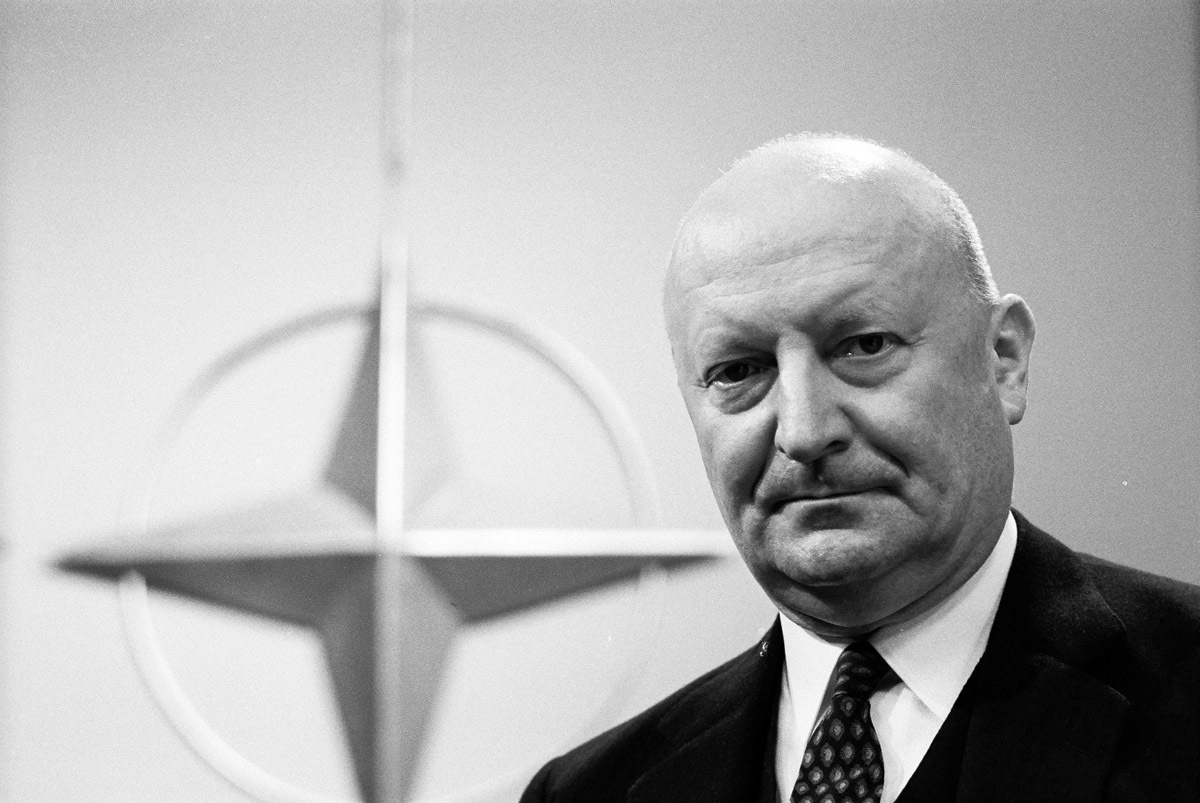
Portrait of André de Staercke taken at NATO HQ in Brussels in 1971. He had been instrumental in facilitating the move of NATO to Belgium.
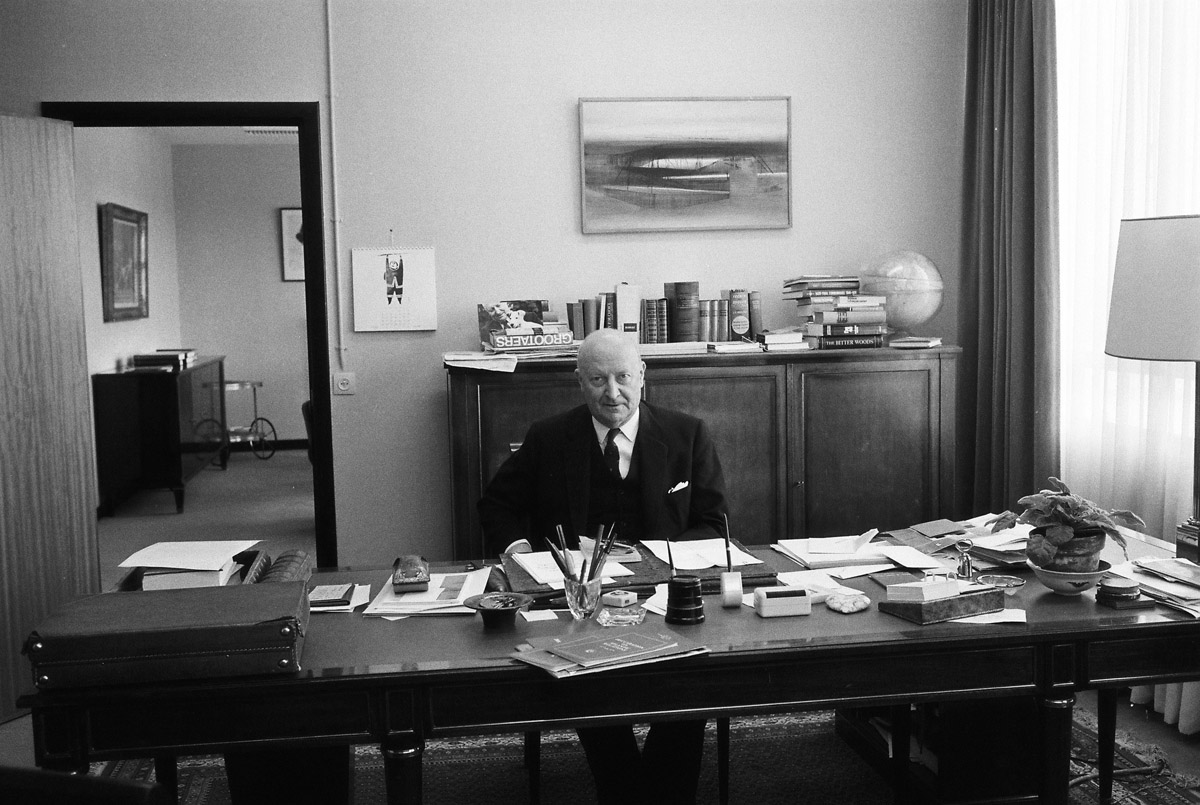
André de Staercke’s last day in his offices at the Belgian Delegation at NATO HQ, Brussels.
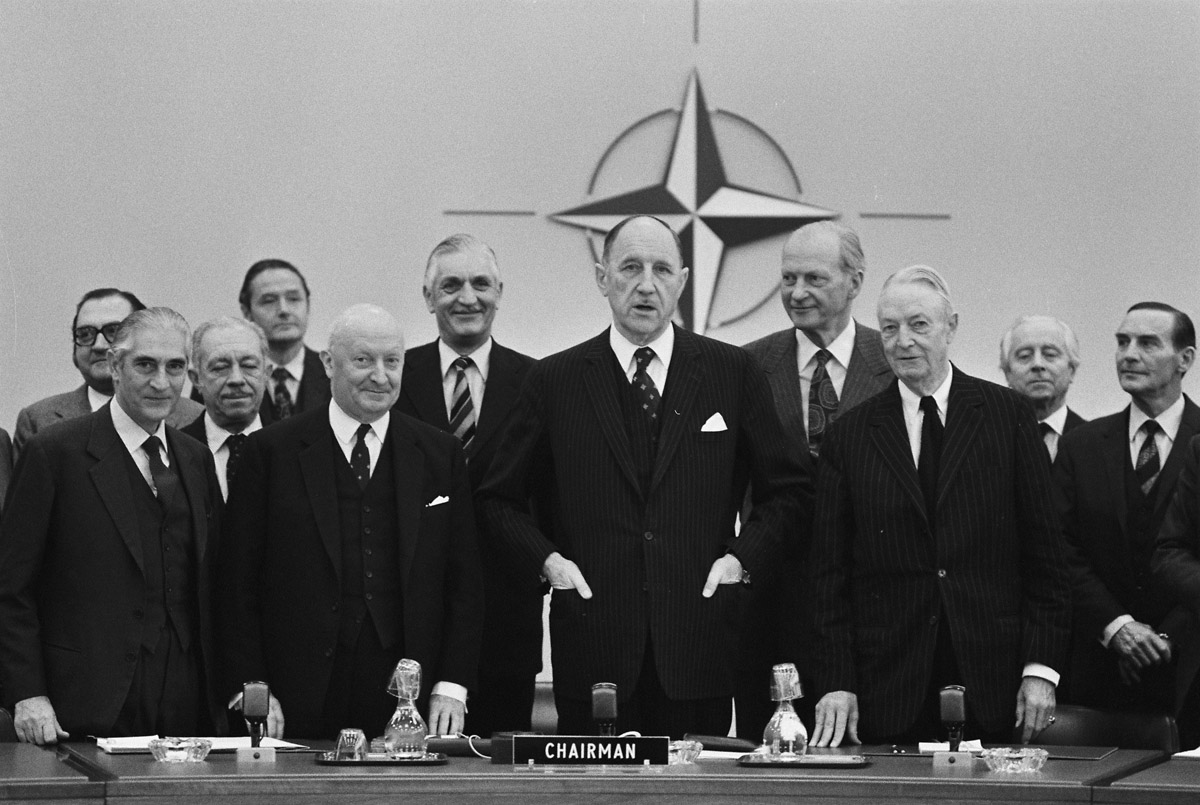
Family portrait with his fellow Permanent Representatives and Secretary General Joseph Luns taken at the start of his final meeting of the North Atlantic Council on 29 January 1976.
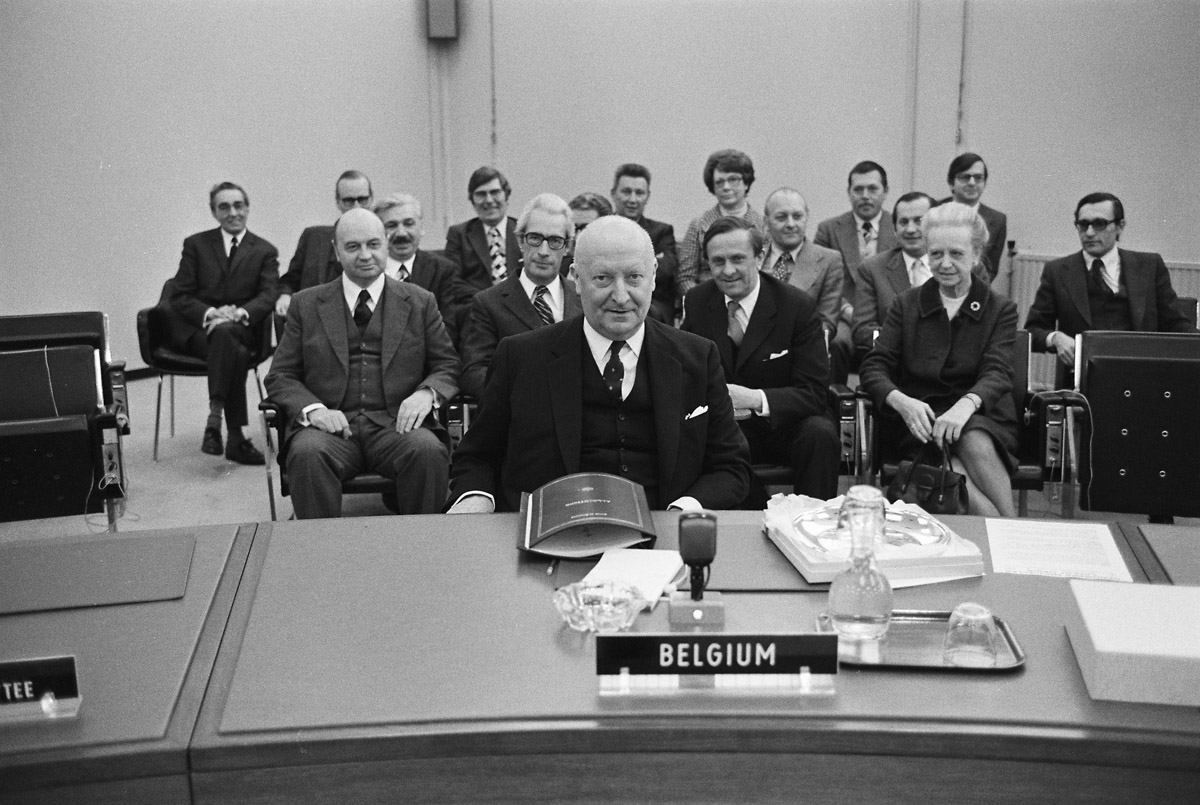
André de Staercke takes his seat at the North Atlantic Council for a final time. He had already received from his colleagues a commemorative silver dish and a custom-made collection of his memorable quotes and accomplishments during his storied career.
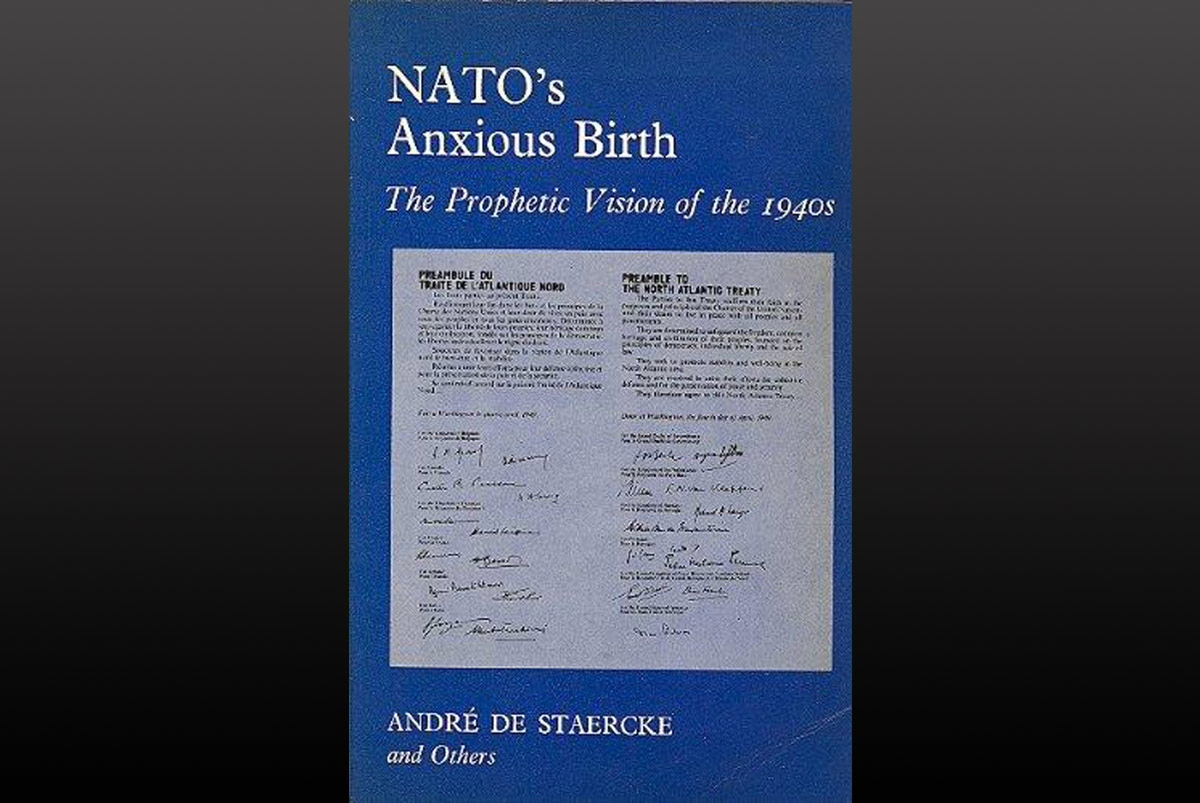
In 1985, André de Staercke edited and contributed to this collection of essays that recounted the early days of NATO to which he had been privy to.


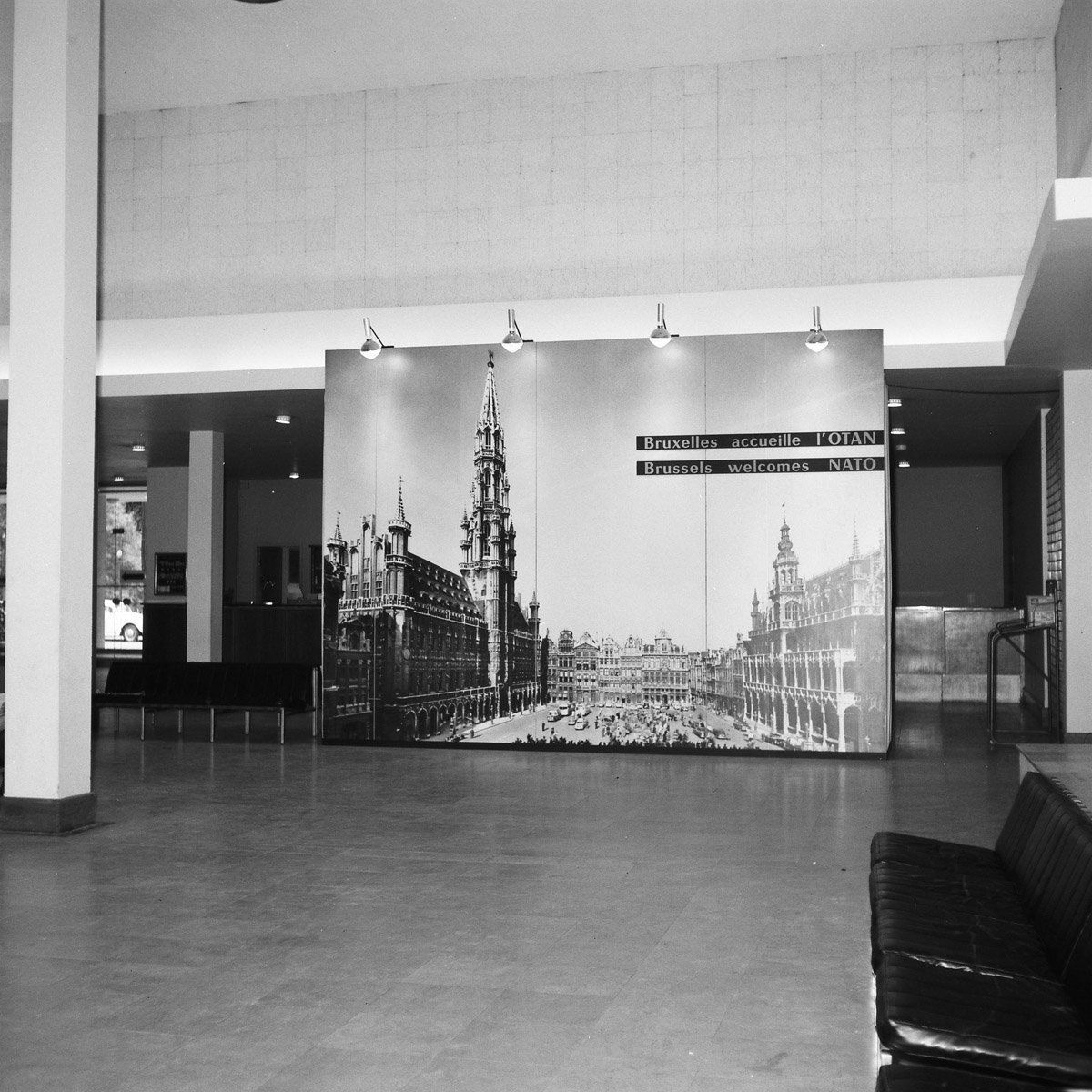
Splash panel for the Brussels exhibition held in the grand hall of NATO HQ, Porte Dauphine.
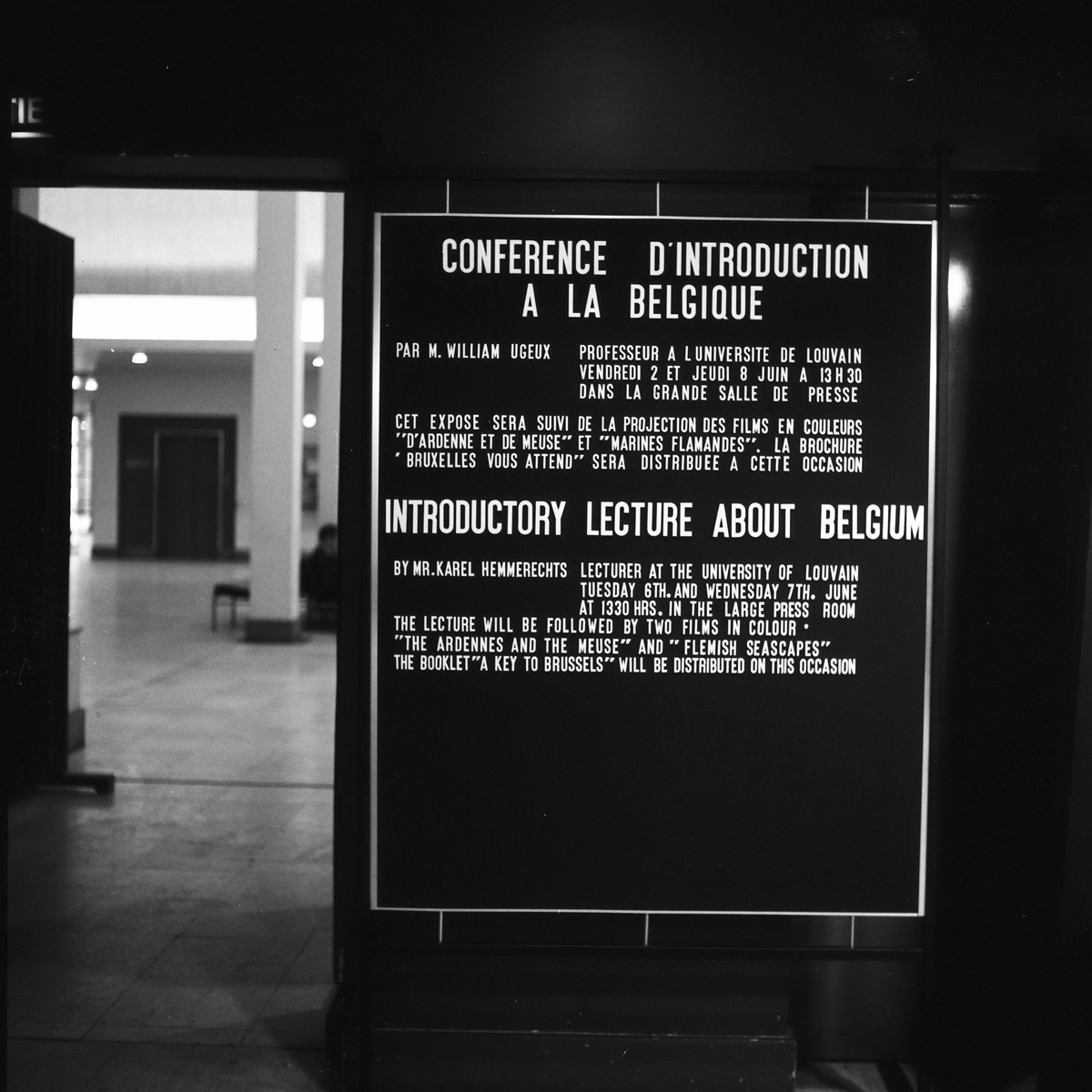
The exhibition also included informative lectures, seminars and film screenings hosted by Belgian experts.
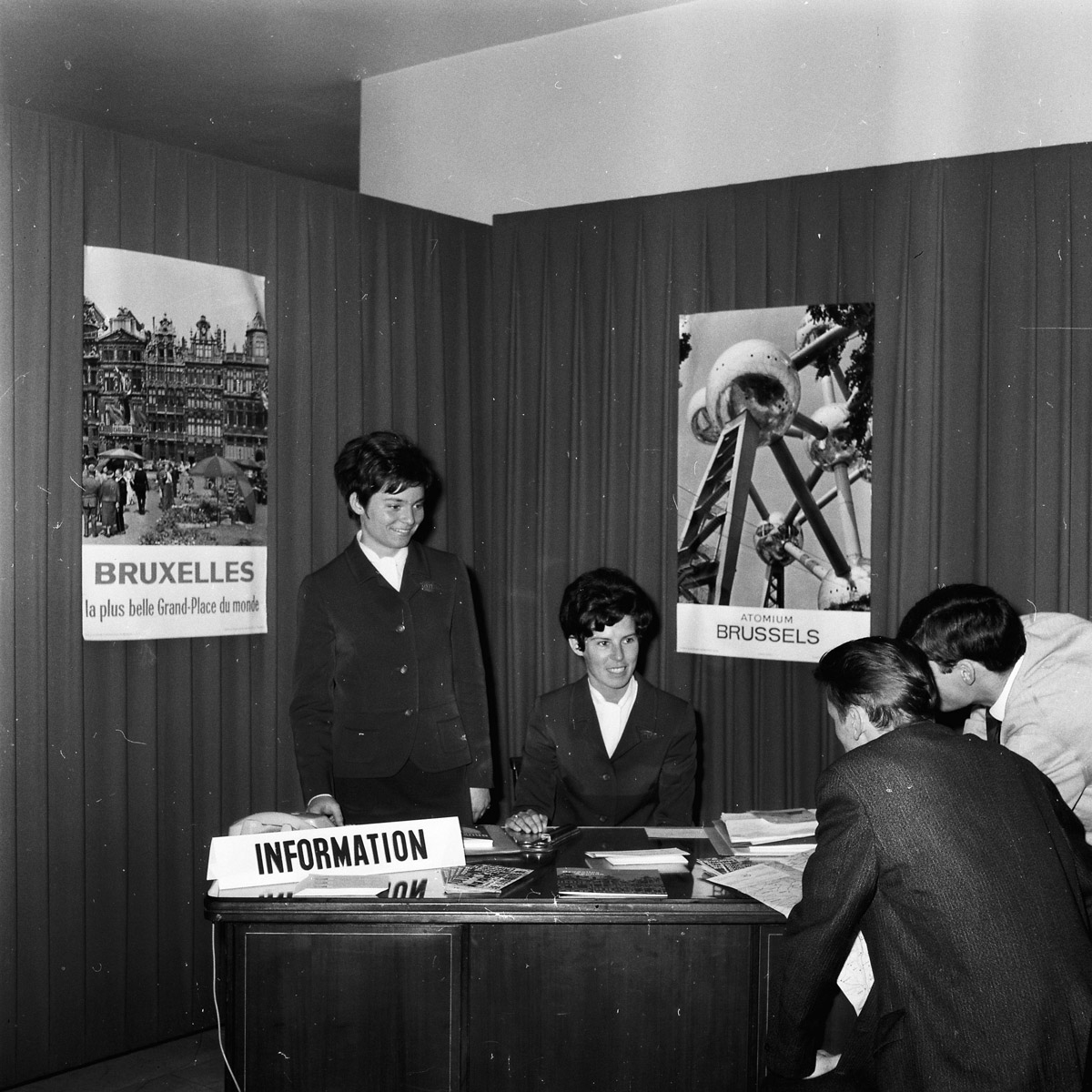
Belgian hostesses were on hand to provide practical and touristic information to the NATO International Staff who were about to relocate to Brussels.
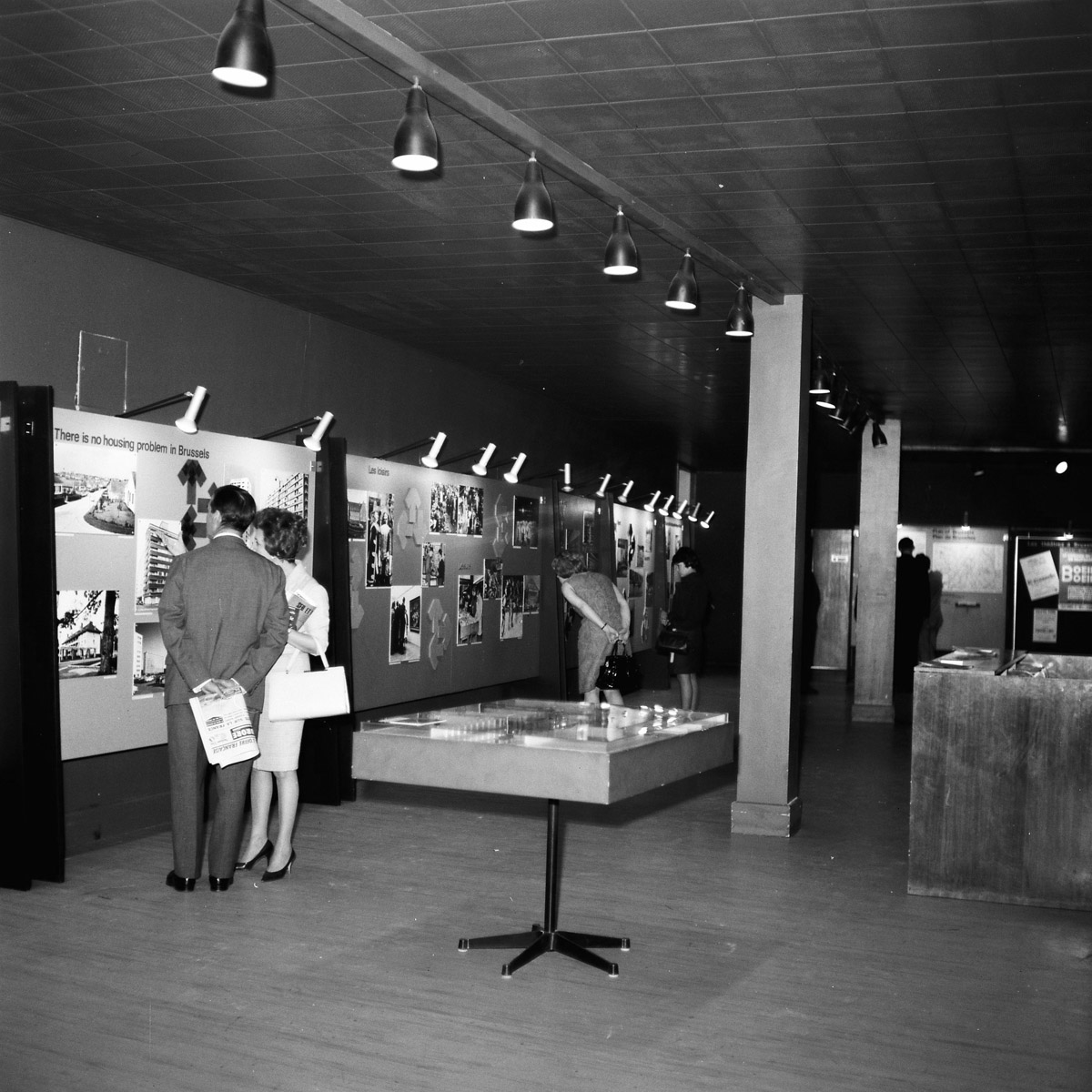
The exhibition panels, which provided useful information about housing, infrastructure, sports and cultural activities, were spread out across the grand hall.
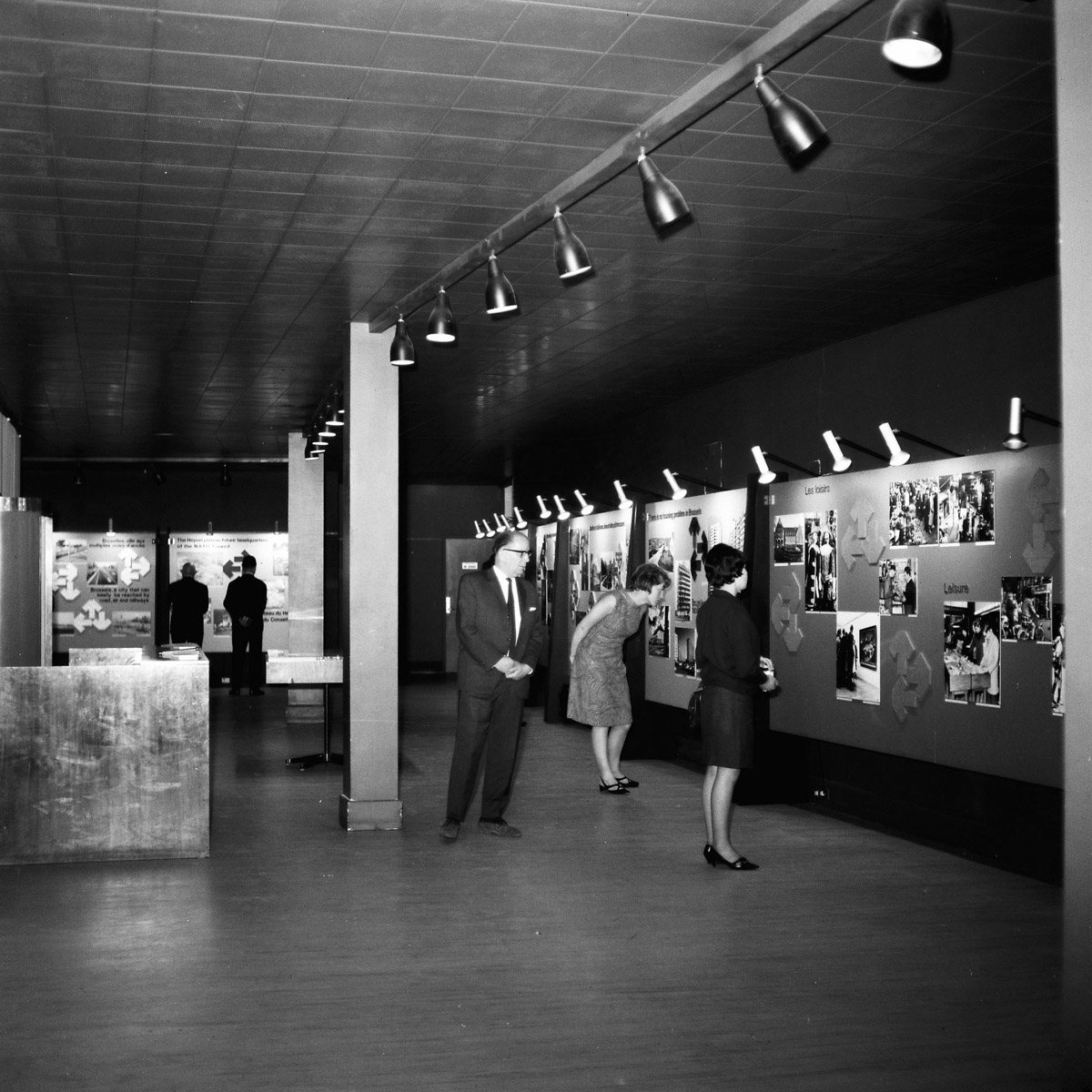
The exhibition panels, which provided useful information about housing, infrastructure, sports and cultural activities, were spread out across the grand hall.
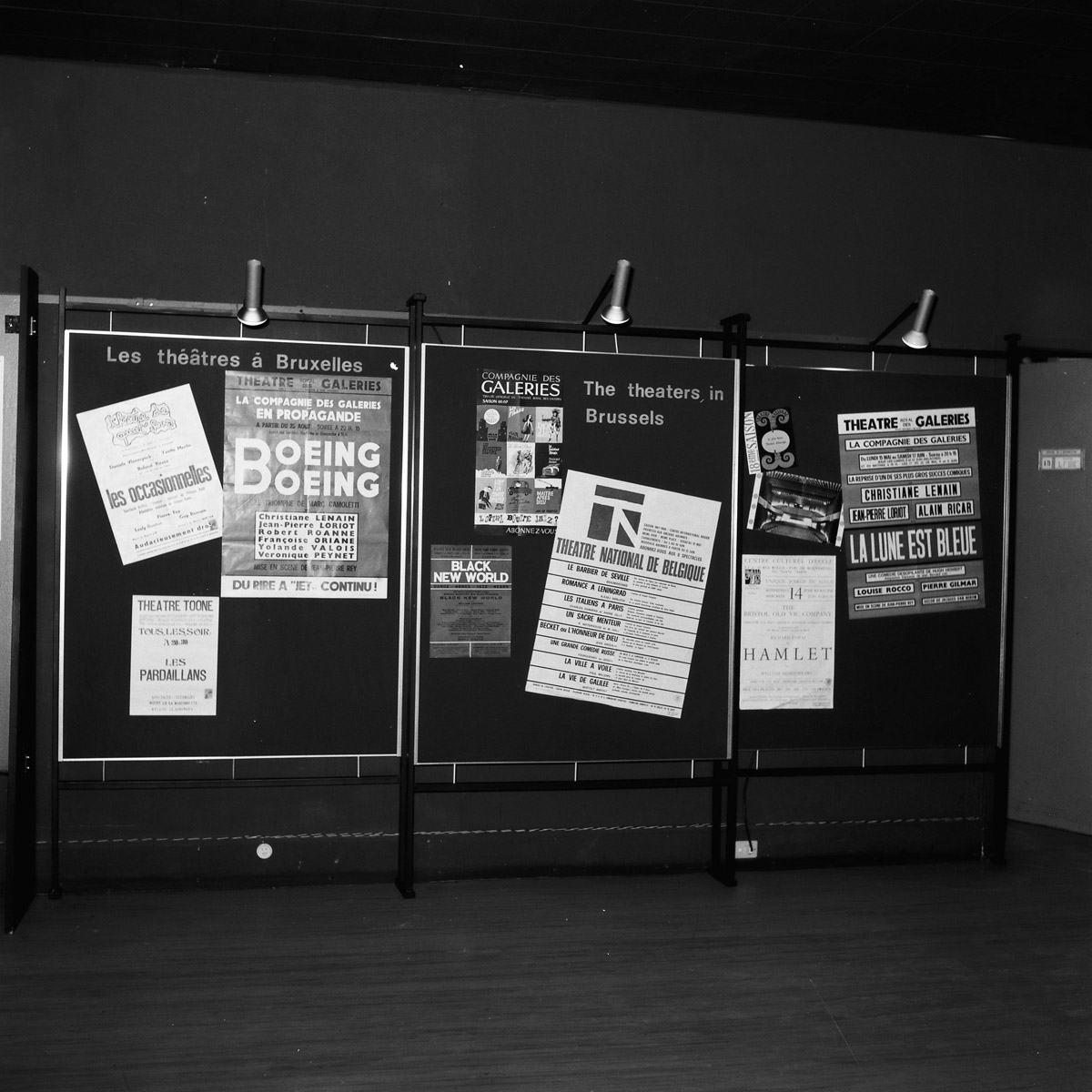
The exhibition panels, which provided useful information about housing, infrastructure, sports and cultural activities, were spread out across the grand hall.
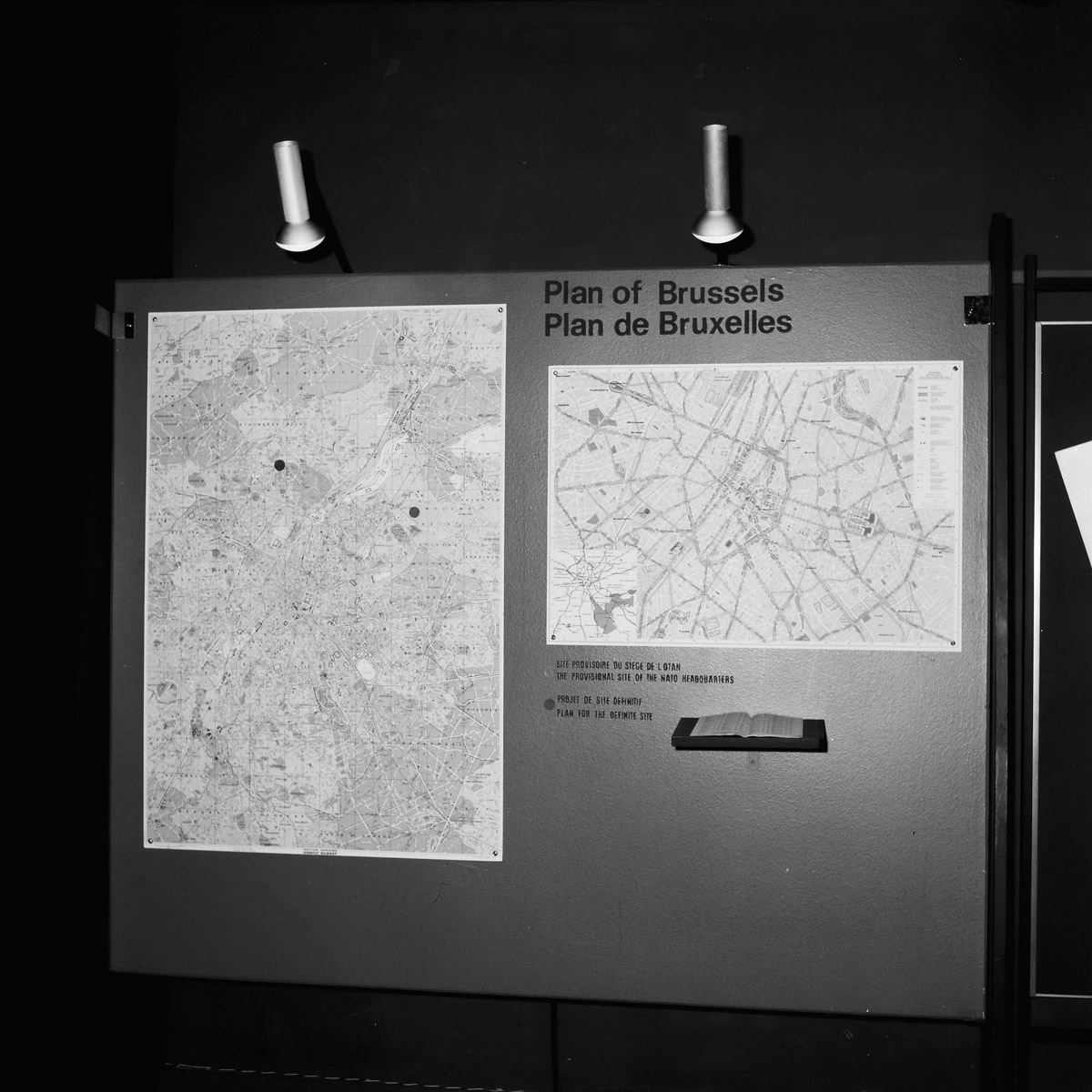
Maps of Brussels were included to show the sites of proposed sites of the permanent (Heysel) and temporary (Evere) sites earmarked for NATO HQ.
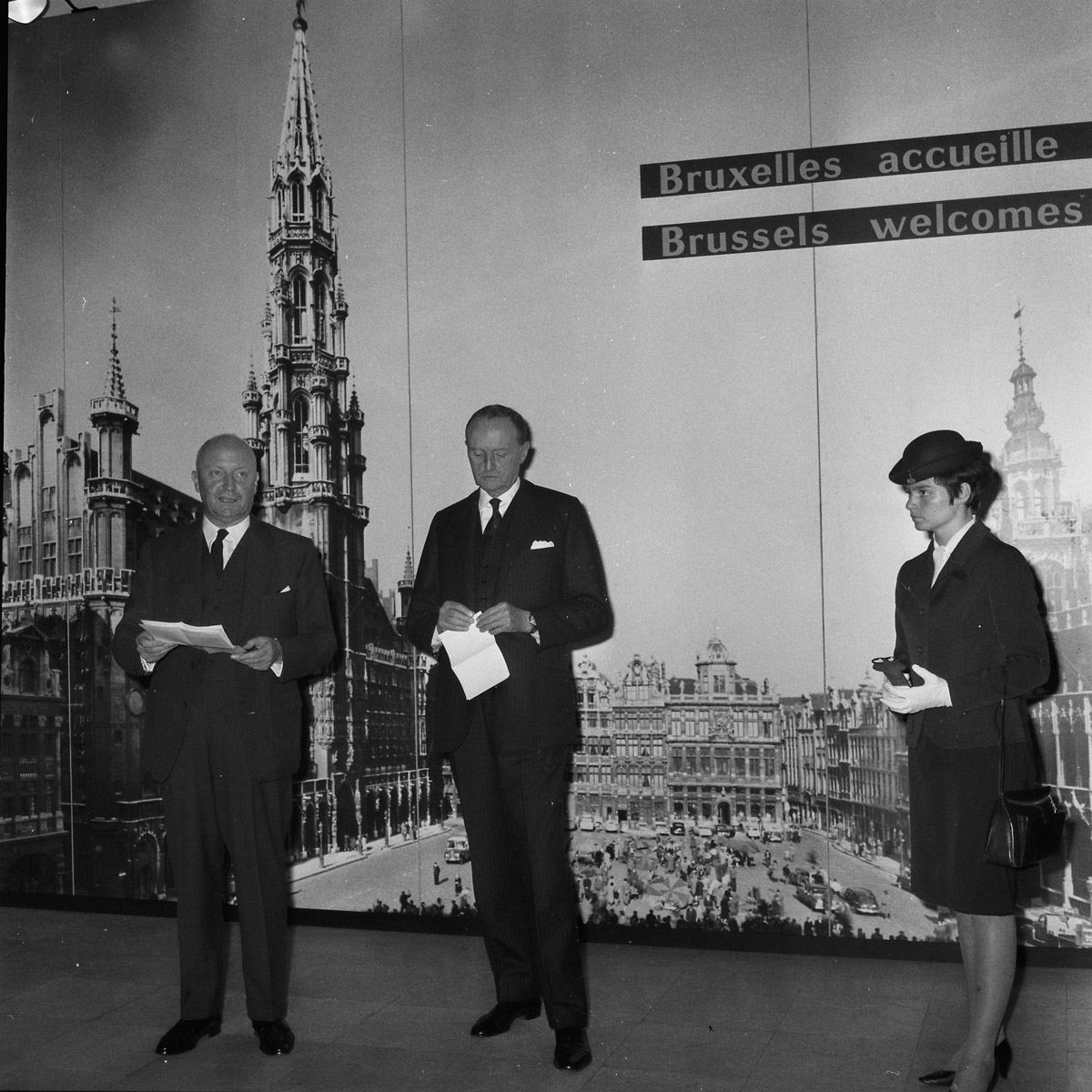
André de Staercke offers opening remarks during the official launch of the exhibition with Secretary General Manlio Brosio.
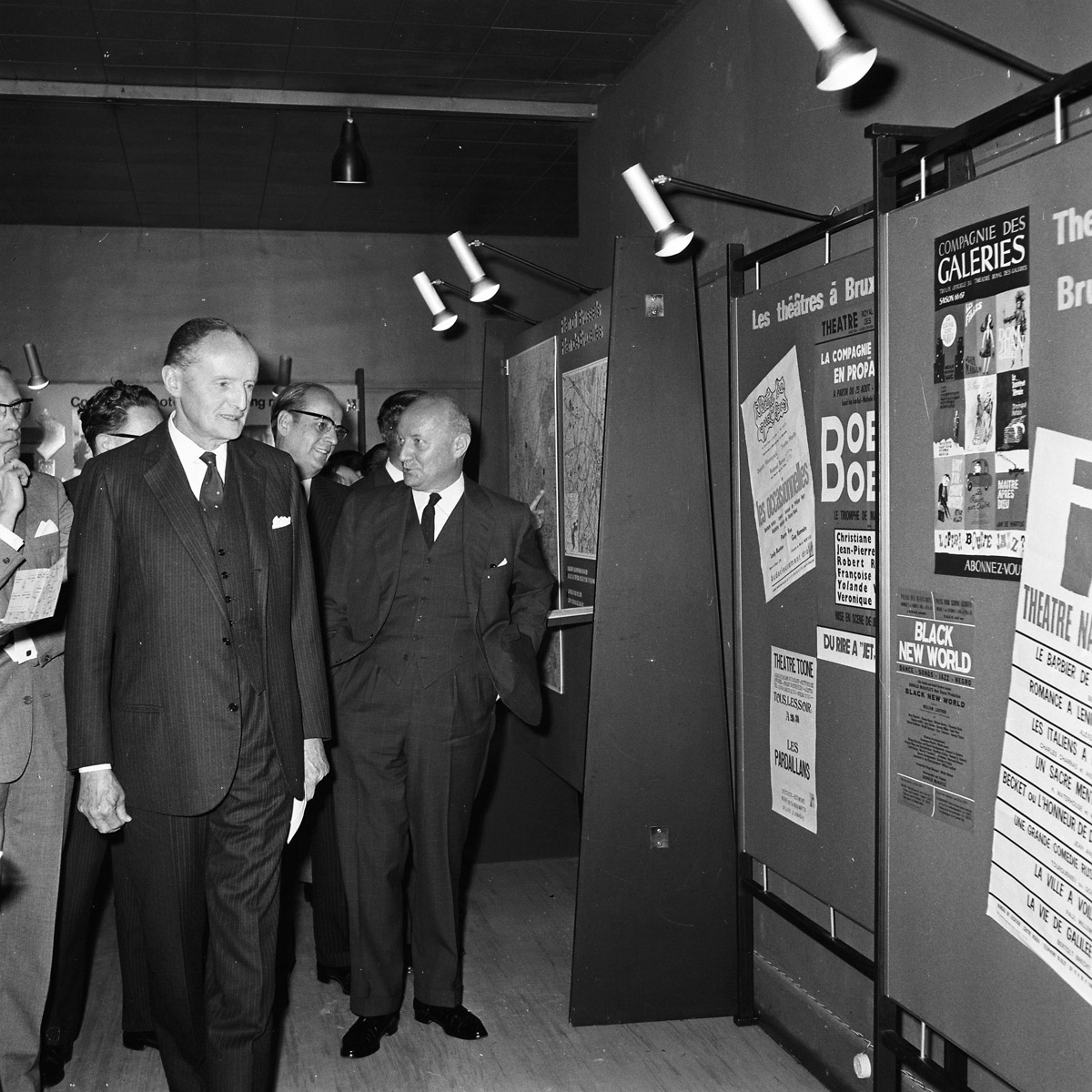
André de Staercke provides a guided tour through the exhibition to Secretary General Brosio and his colleagues on the North Atlantic Council.


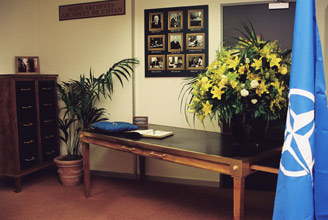 The celebrated French architect and decorator André Arbus designed the office furniture set for Secretary General Spaak, which was delivered to the new NATO Headquarters on 25 June 1960. Arbus was entrusted with numerous décor assignments by the French government, who commissioned him with several interiors for their international offices, such as the French Embassy in Washington in 1955. When Spaak tendered his resignation as NATO Secretary General at the start of March 1961 to return to Belgian politics, his desk stayed behind at NATO Headquarters to serve the successors to his post over the following 35 years before it was donated to the NATO Archives in 1999 for long-term preservation.
The celebrated French architect and decorator André Arbus designed the office furniture set for Secretary General Spaak, which was delivered to the new NATO Headquarters on 25 June 1960. Arbus was entrusted with numerous décor assignments by the French government, who commissioned him with several interiors for their international offices, such as the French Embassy in Washington in 1955. When Spaak tendered his resignation as NATO Secretary General at the start of March 1961 to return to Belgian politics, his desk stayed behind at NATO Headquarters to serve the successors to his post over the following 35 years before it was donated to the NATO Archives in 1999 for long-term preservation.
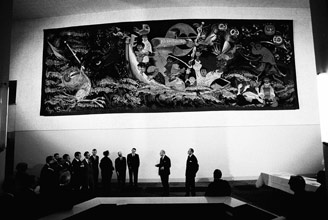 On 3 June 1965, André de Staercke unveiled Belgium’s gift to the home of the Alliance: a traditional wall tapestry titled Le Triomphe de la paix. Measuring 13.3m wide by 4.7m high, it was prominently displayed in the main conference hall of NATO Headquarters at Porte Dauphine, opposite the inscription of the NATO motto. This monumental tapestry, designed and created by Belgian artist Roger Somville with bright dreamful colours and an allegorical resonance, was dedicated to the aftermath of war and to the hope which supports men involved in a fight for peace. Le Triomphe de la paix was later returned to the Belgian government after NATO moved to Belgium in 1967 since the new Brussels headquarters could not accommodate the dimensions of the tapestry. It is now part of the contemporary art collection of the European Commission on display at the Berlaymont building in Brussels.
On 3 June 1965, André de Staercke unveiled Belgium’s gift to the home of the Alliance: a traditional wall tapestry titled Le Triomphe de la paix. Measuring 13.3m wide by 4.7m high, it was prominently displayed in the main conference hall of NATO Headquarters at Porte Dauphine, opposite the inscription of the NATO motto. This monumental tapestry, designed and created by Belgian artist Roger Somville with bright dreamful colours and an allegorical resonance, was dedicated to the aftermath of war and to the hope which supports men involved in a fight for peace. Le Triomphe de la paix was later returned to the Belgian government after NATO moved to Belgium in 1967 since the new Brussels headquarters could not accommodate the dimensions of the tapestry. It is now part of the contemporary art collection of the European Commission on display at the Berlaymont building in Brussels.
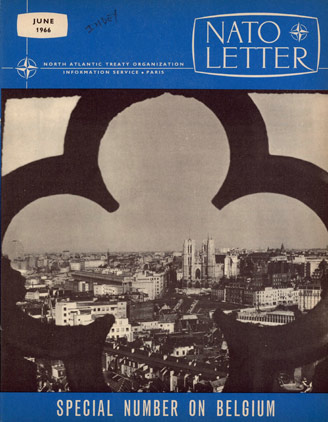
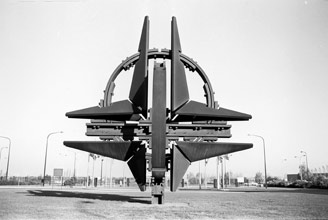 On 10 September 1971, a sculpture inspired by the NATO logo and designed by Belgian architect Raymond Huyberechts was installed in the Cour d’Honneur opposite the main entrance to the Headquarters. Affectionately known as the “NATO Star”, the sculpture is arguably one of Belgium’s most photographed public monuments as visitors from all over the world, whether they be Heads of State or visiting students, often clandestinely snap a quick photo of it as proof of their presence at the home of the Alliance.
On 10 September 1971, a sculpture inspired by the NATO logo and designed by Belgian architect Raymond Huyberechts was installed in the Cour d’Honneur opposite the main entrance to the Headquarters. Affectionately known as the “NATO Star”, the sculpture is arguably one of Belgium’s most photographed public monuments as visitors from all over the world, whether they be Heads of State or visiting students, often clandestinely snap a quick photo of it as proof of their presence at the home of the Alliance.